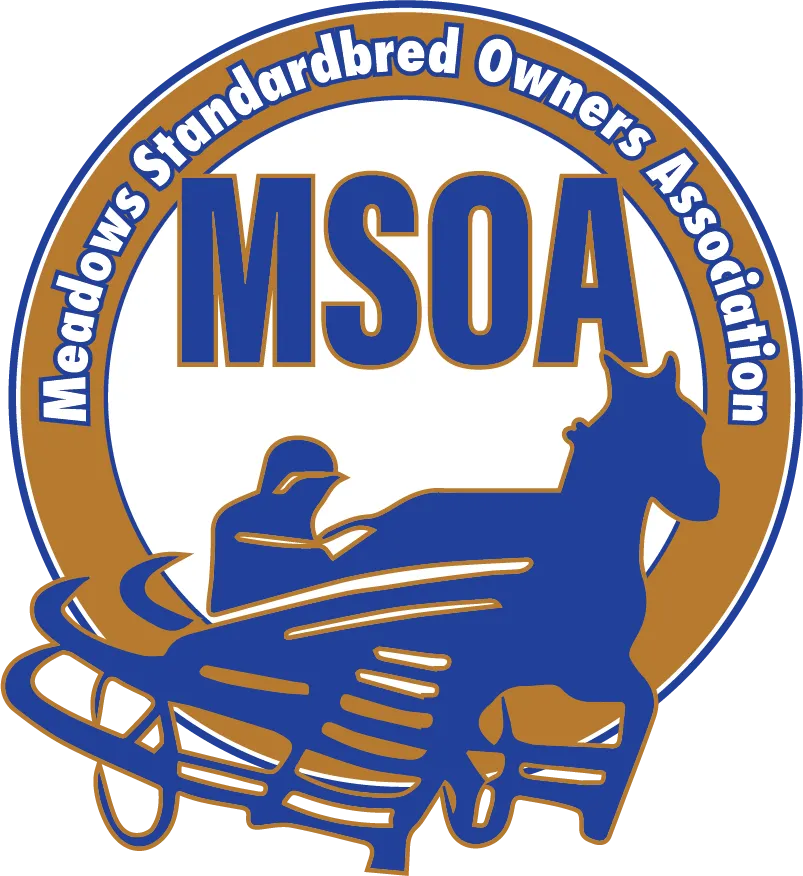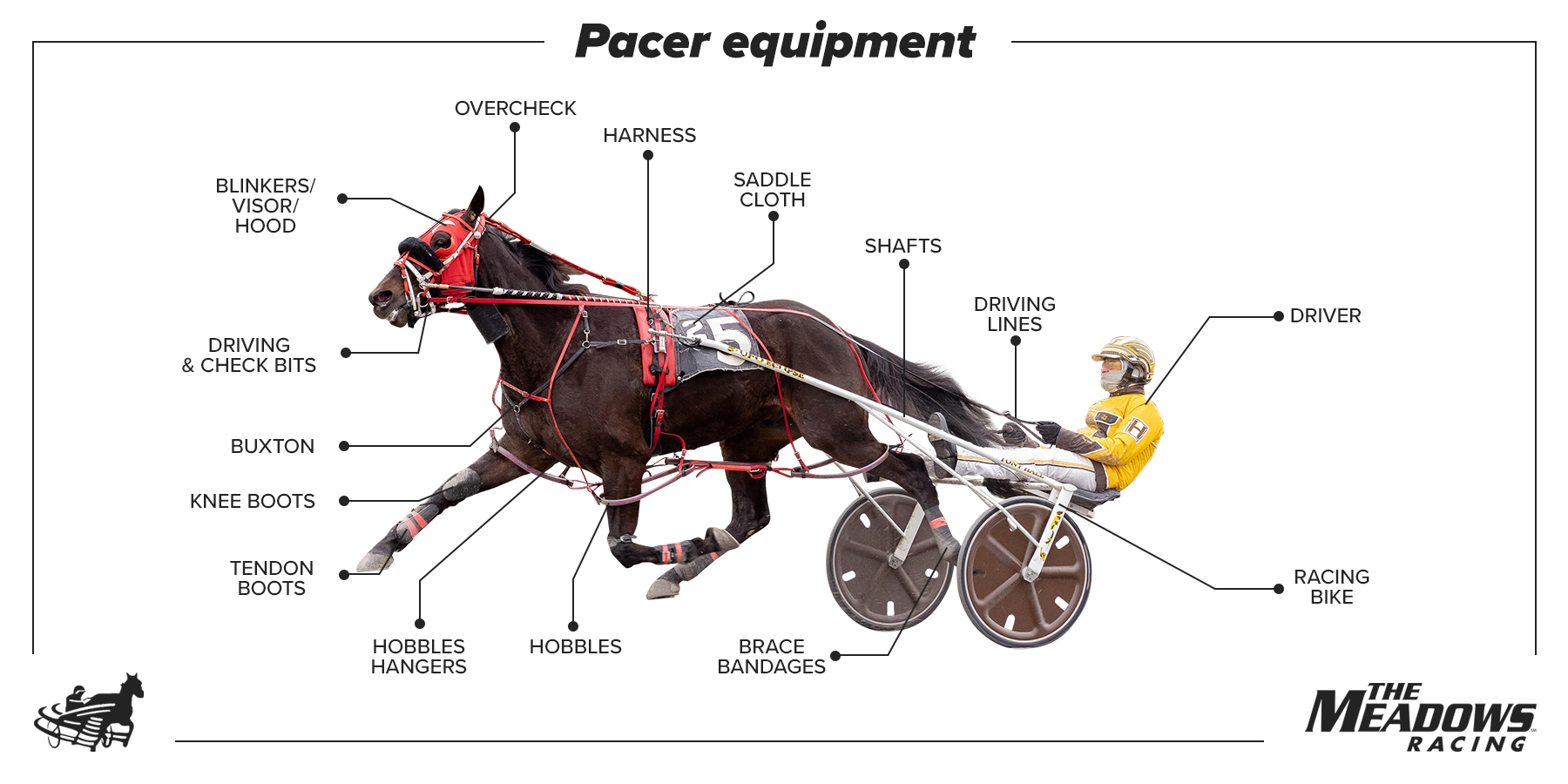
HARNESS RACING 101
Welcome to the wonderful world of harness racing! This primer should help you get started enjoying the racing experience, but the real thrill comes from actually paying a visit to the track nearest you!
 THE STANDARDBRED In harness racing, only registered Standardbreds are permitted to compete. The breed originated from Messenger, an English Thoroughbred foaled in 1780 and later exported to the United States. Messenger was the great-grandfather of Hambletonian 10, considered the foundation of the Standardbred bloodline. The name “Standardbred” originated from the standard mile distance requirement for registration, a tradition established for early trotters. Over just 200 years, the Standardbred breed has cemented itself as a quintessential American breed, bringing racing to the common people and producing American sports heroes like Dan Patch, Adios, and Greyhound. These horses are known for their muscular build, shorter stature (averaging 15-16 hands), and docile temperament. The breed comes in various colors, with bay and brown being the most common, weighing between 800 and 1,000 pounds.
THE STANDARDBRED In harness racing, only registered Standardbreds are permitted to compete. The breed originated from Messenger, an English Thoroughbred foaled in 1780 and later exported to the United States. Messenger was the great-grandfather of Hambletonian 10, considered the foundation of the Standardbred bloodline. The name “Standardbred” originated from the standard mile distance requirement for registration, a tradition established for early trotters. Over just 200 years, the Standardbred breed has cemented itself as a quintessential American breed, bringing racing to the common people and producing American sports heroes like Dan Patch, Adios, and Greyhound. These horses are known for their muscular build, shorter stature (averaging 15-16 hands), and docile temperament. The breed comes in various colors, with bay and brown being the most common, weighing between 800 and 1,000 pounds. GAITS In Standardbred racing, horses compete in two distinct gaits: the trot and the pace. Trotters exhibit a diagonal gait, with their left front and right rear legs moving together, as do the right front and left rear legs.. Pacers, on the other hand, synchronize the movement of their legs on one side of their body – left front and rear, right front and rear. Pacers use hobbles to maintain their gait. These plastic loops assist in keeping their legs moving in harmony. If a trotter or pacer transitions into a canter or gallop during a race, they must be corrected back to their designated gait, resulting in lost ground or disqualification from the competition. When they hit a canter or gallop its called “going of stride”
GAITS In Standardbred racing, horses compete in two distinct gaits: the trot and the pace. Trotters exhibit a diagonal gait, with their left front and right rear legs moving together, as do the right front and left rear legs.. Pacers, on the other hand, synchronize the movement of their legs on one side of their body – left front and rear, right front and rear. Pacers use hobbles to maintain their gait. These plastic loops assist in keeping their legs moving in harmony. If a trotter or pacer transitions into a canter or gallop during a race, they must be corrected back to their designated gait, resulting in lost ground or disqualification from the competition. When they hit a canter or gallop its called “going of stride” THE RACING Standardbreds can start racing at 2 years old until they are 15 years old. Trotters race only trotters and pacers race only pacers. Racing takes place at numerous tracks and fairs across North America. The people sitting in the carts behind the horses are called “Drivers”
SIGN UP TO GET OUR EXCLUSIVE CONTENT



